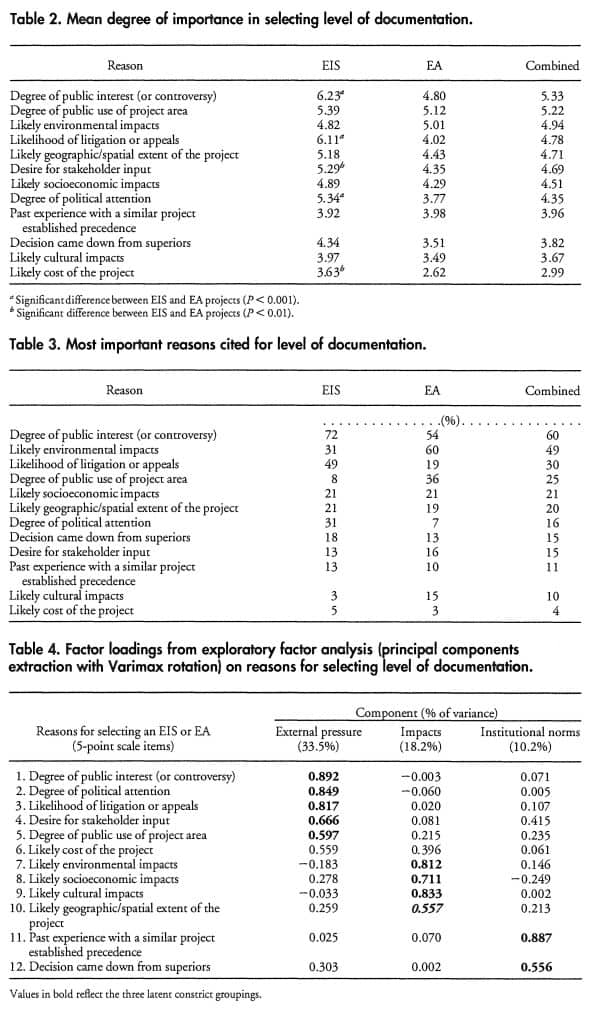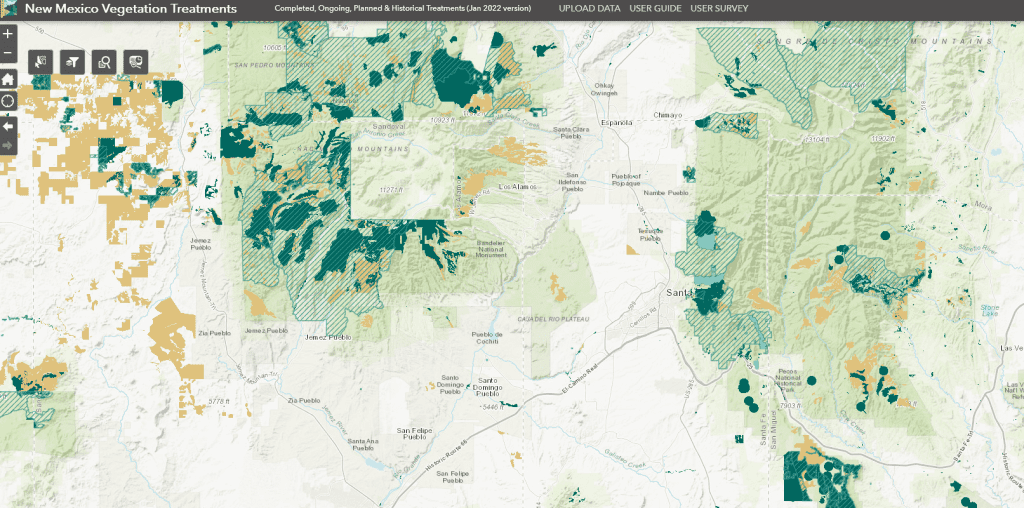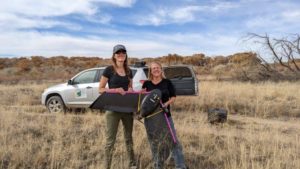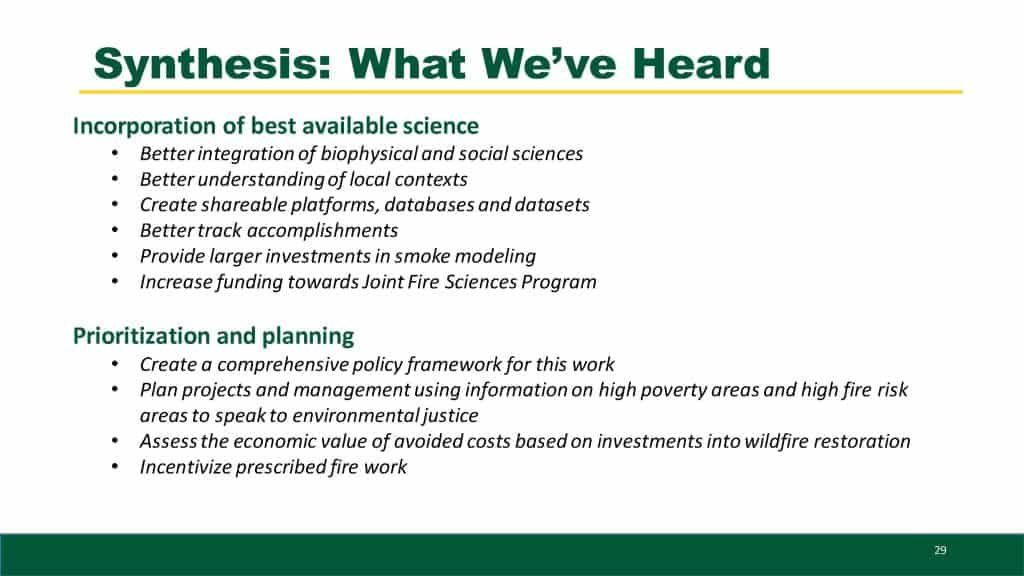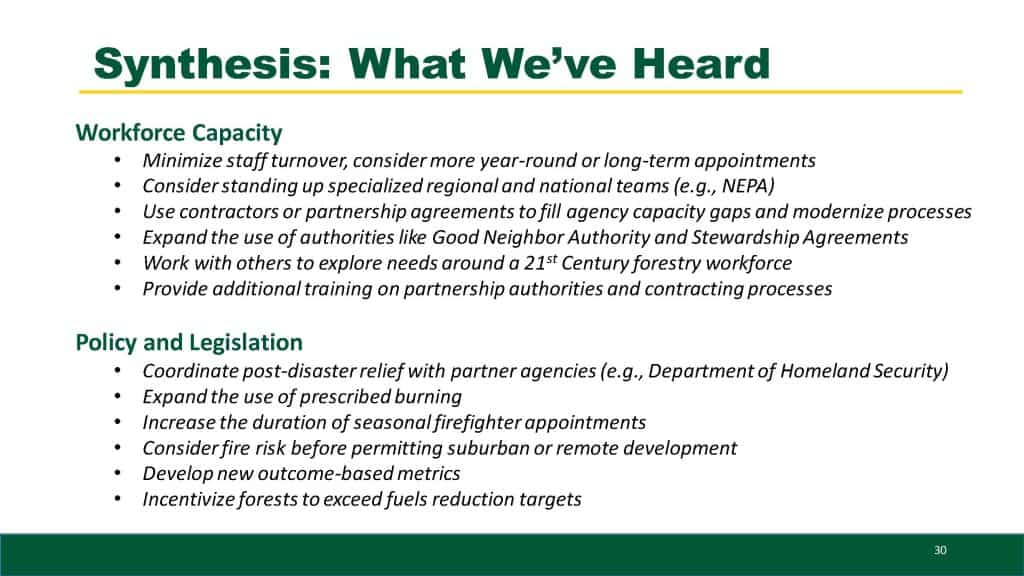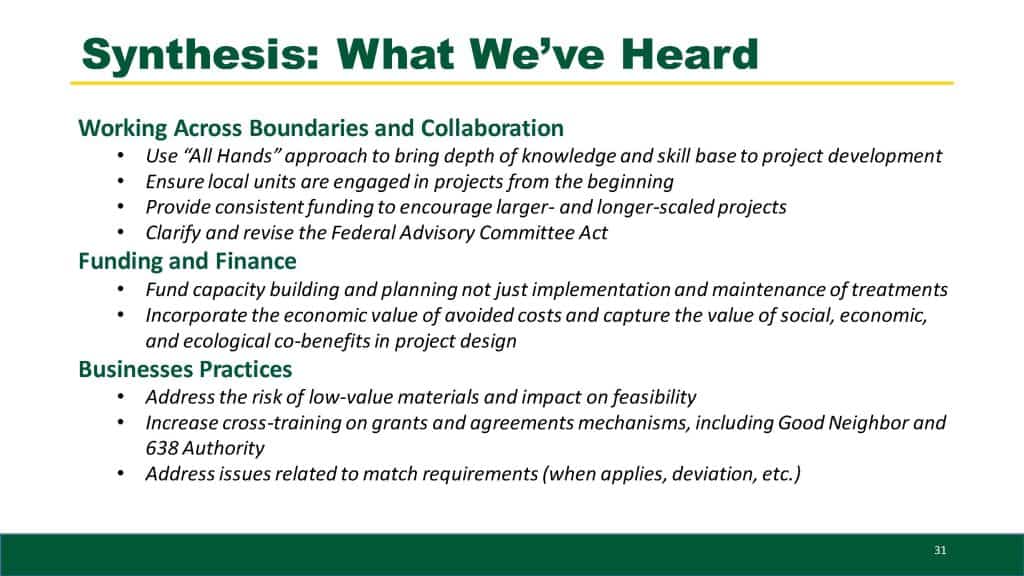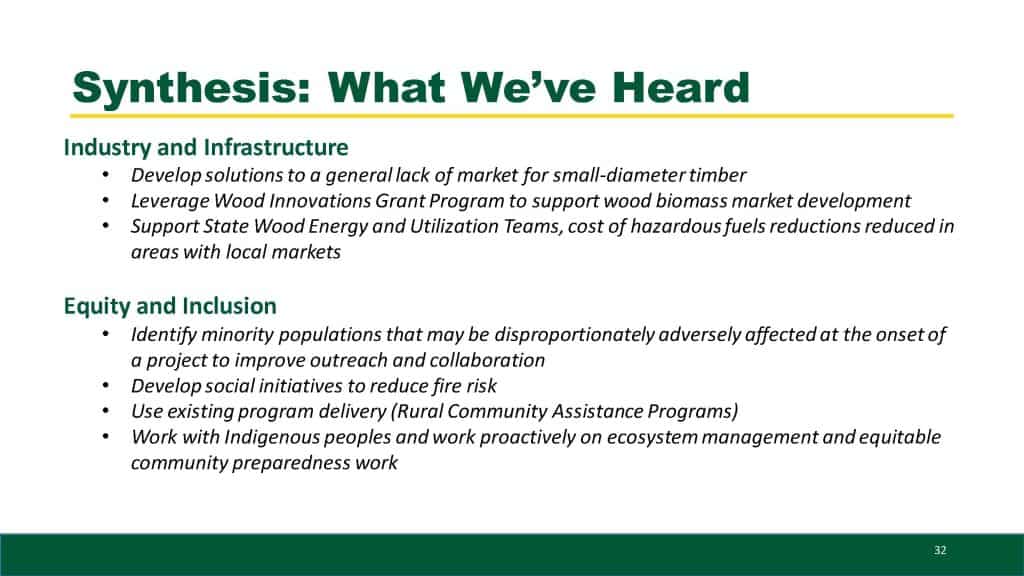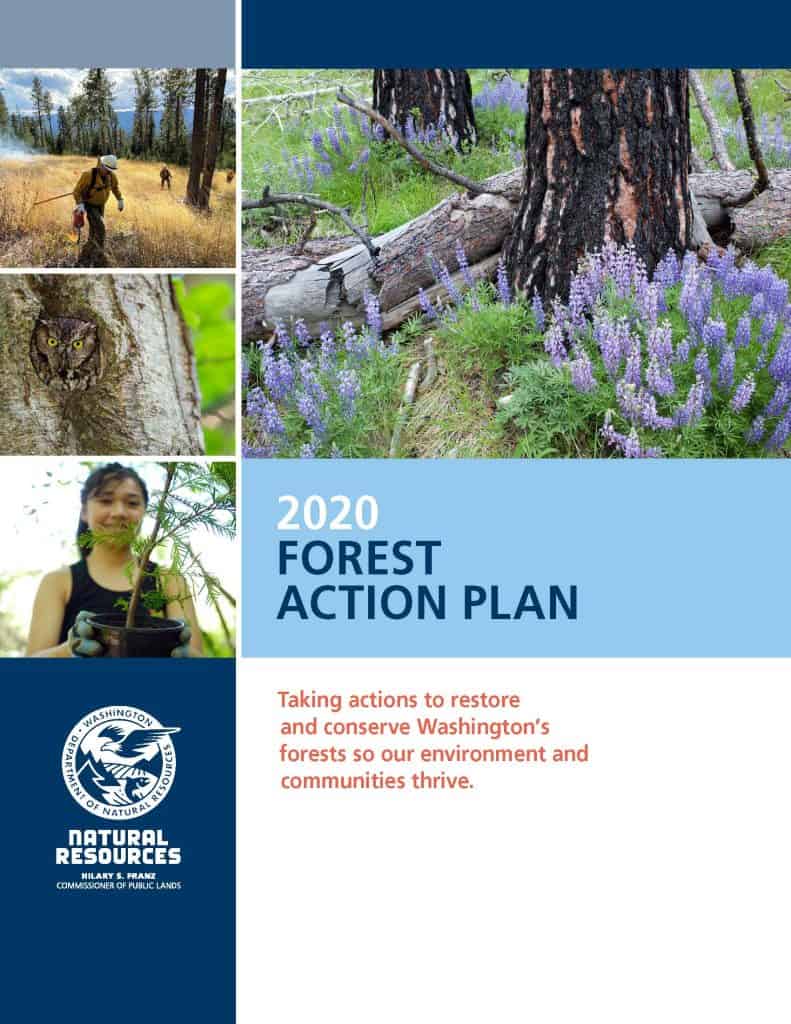
I’m going to take a quick break from discussing Sam Evan’s ideas about the 2012 Rule in practice to focus on the concept of “ecological integrity”. We had a good discussion in the comments on our previous post. Here we can talk about the ways FS partners (in the interest of “all lands, all hands”) look at the same issues, and what abstractions and concepts they use.
It seems to me that the Forest Service is sticking out a bit- abstraction-wise among its partners. So I thought I’d review a few partners and see what they use as abstractions. Interestingly, I found that they tend to be more focused on utility going forward and responding to climate change than patterns from the past. The words seem to be more.. well.. pragmatic. I still think we haven’t adequately explored the landscape between a perhaps neurological or education-based inclination toward the concrete or the abstract and how that plays out in policy development.
Here’s what Jon said in this comment
The definition they are supposed to use is in the Planning Rule: “Ecological integrity. The quality or condition of an ecosystem when its dominant ecological characteristics (for example, composition, structure, function, connectivity, and species composition and diversity) occur within the natural range of variation and can withstand and recover from most perturbations imposed by natural environmental dynamics or human influence.” “NRV” is not defined in the Rule, but (despite the Planning Handbook) is generally conceived as being sustainable considering both past and future conditions.
It won’t be a surprise to anyone that I was not a fan of putting this into the Rule. Mostly because it’s a concept that “if we went back to the past, then systems would be sustainable” as Jon says in his last sentence. One problem with this, abstraction-wise, is that you could just stop with “sustainable” then and not move on to “integrity.” But that would perhaps lead us down the stream channel of historical Planning Rule Abstraction Artifacts into the eddy of the Committee of Scientists disagreements about the preeminence of “ecological sustainability” or not. I don’t think anyone wants to go back there.
The second problem is that someone has to pick which past, as per influence of Native Americans, and that some things can go back (vegetation structure, perhaps?) and others not so much (genetics). And those problems have been discussed quite a bit in the literature. So there are quite a few value judgments cloaked under the mantle of “it’s science!”.
The third difficulty is that it seems to me that the concepts “climate change will cause devastating unknown responses in ecosystems” and “what used to be will be sustainable in the future” are fundamentally in conflict.
The Forest Service made “ecological integrity” more or less a target (how legal that is in an NFMA regulation remains to be seen). Other agencies use it as a construct for one thing they do (habitat or watershed), and sometimes it’s an assessment to inform decisions with another set of goals. Sometimes it’s just a word that could be substituted with “health” with little loss of meaning.
So let’s take a look at how some other agencies are handling this.
First, the 2020 Washington State Forest Action Plan. It mentions integrity by my count seven times in a 128 page document.
“health and integrity of many species and habitats”, “water quality and habitat integrity (Habitat Condition Index), ” “integrity of rivers and streams”, re the Chehalis Basin “Climate change, invasive species, land conversion, and fragmentation threaten the ecological integrity of forests throughout the watershed,” “Ecological Integrity Assessment,” and “fish habitat integrity”. As I think Anonymous said, it’s different to use the concept of EI as an assessment tool than a target.
In her cover letter, Commissioner Franz says: “Collectively, the priorities and goals identified in this plan enhance and protect ecosystem resilience, promote healthy and vibrant urban and rural communities, and strengthen the partnerships required to address the pressing threats facing forests today.”
Next we’ll turn to our own fellow multiple-use agency, the BLM. This is from the Uncompahgre RMP completed in 2021. I picked it at random.
Alternative B emphasizes improving, rehabilitating, and restoring resources and sustaining the ecological integrity of habitats for all priority plant, wildlife, and fish species, while allowing appropriate development scenarios for allowable uses, such as mineral leasing, locatable mineral development, recreation, rights-of-way (ROWs), and livestock grazing. Goals and objectives focus on environmental and social outcomes achieved by sustaining relatively unmodified physical landscapes and natural and cultural resource values for current and future generations.
They did mention ecological integrity.. but of “habitats for all priority plant, wildlife, and fish species”…This seems a bit more concrete (first you prioritize species, then you check their habitats) than the FS “composition, structure, function, connectivity, and species composition and diversity.” Also “sustaining relatively unmodified..values”. I like how they just come out and say it..”we want things not modified to stay unmodified, at least relatively unmodified.”
This scientific paper says after the authors studied EIAs on BLM lands in Nevada:
We suggest that ecological integrity assessments for multiple-use lands be grounded in existing policies and monitoring programs, incorporate resource- and stressor-based metrics, rely on publicly available data collected at multiple spatial scales, and quantify both natural reference and societally desired resource conditions.
But if they are everything (societally desired?) are they really EIA’s? And note that this study says you can assess EI for “multiple use lands”. Again, a measure of potential interest and value, not a target.
Another interesting one is this post-fire plan by American Forests and the BLM for the Camp Fire Restoration Plan.
The Camp Fire Reforestation Plan will improve forest health and resilience, enabling ecosystems to better withstand environmental stressors and recover from disturbances; reduce hazardous fuels and increase community safety; improve wildlife habitat and riparian/wetland functionality; improve plant community diversity and forest structural diversity; identify feasible, cost-effective strategies and plans that can be maintained long term; and protect soils by reducing sedimentation, preventing erosion and promoting a vegetation community that will stabilize soils.
In 67 pages, I ran across one mention of ecological integrity: “Fuel treatments, like prescribed fire and mastication, can be used to reduce fire risk while maintaining the ecological integrity of chaparral.”
Of course, post-fire is different from forest plans or RMPs, but if we believe the UNEP study then much of future forest management will be exactly that.
It seems to be that “climate adaptation and resilience” is something that people can discuss how -to’s and pros and cons of different approaches, including what the past tells us about how to move forward, perhaps more among all the future possibilities and mechanisms of adaptation, than simply moving toward NRV. As if we know “within the natural range of variation and can withstand and recover from most perturbations imposed by natural environmental dynamics or human influence.” As if we know there is even is an overlap in that Venn Diagram, and as if we know in advance what can recover and what cannot from the human influence of climate change.

